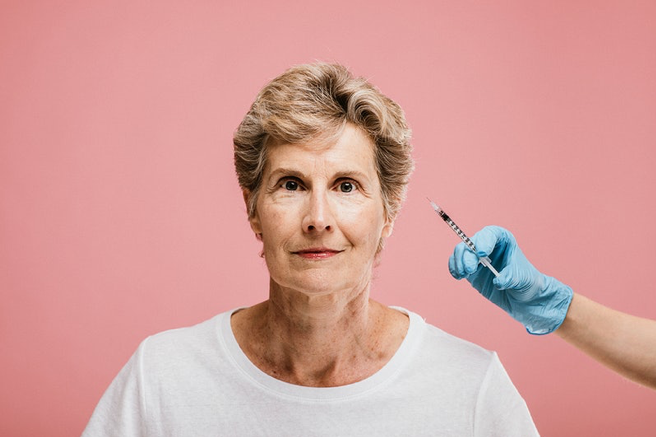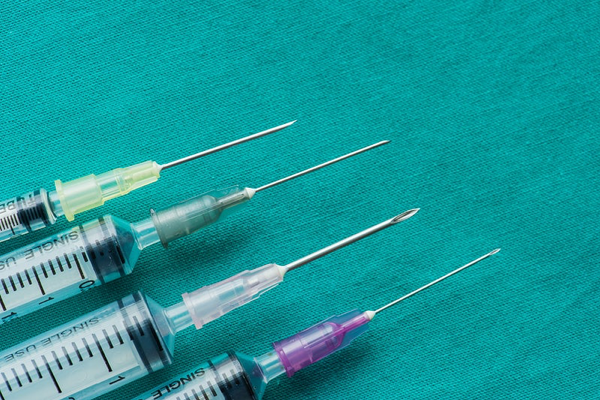A skin ulcer is like an injury that expands on your skin. A venous skin ulcer occurs when your leg veins do not return the flow of blood towards the heart as they regularly do. You can also refer to venous ulcers as insufficiency, stasis, or varicose ulcers because they are the result of faulty venous valves. Veins carry deoxygenated blood back to the heart from various tissues of your body.
Usually, this type of ulcer affects lateral distal (lower) or medial leg. As a result of venous hypertension, it can gather blood in a particular area of the vein. The formation of blood pools takes place when blood is not pumped efficiently back towards the heart. Also, you can refer to it as venous insufficiency.

(Source)
Additionally, the increasing pressure can stretch the walls of a vein, due to which the protein in the blood cells leaks into the subcutaneous tissues. A lack of nutrients and oxygen in an individual vein can result in the eventual breakdown and edema of the subcutaneous tissues.
Particularly, it deposits all over the capillaries of the protein fibrin. As a result, it develops clotting; preventing nutrients and oxygen from flowing around the tissue and muscle, which can lead to ulceration and necrosis.
Indeed, the system of venous works at relatively low blood pressure. Thus, it also relies on the growth and contraction of skeletal muscles to push blood through the one-way valves in the veins and back to the heart. you’re your circulatory system depends on this pressure incline to push blood from the arteries and into the veins.
What Are the Causes of Venous Skin Ulcers?
Poor circulation of blood from your leg can cause venous skin ulcers, which can also be a sign of venous insufficiency. The valves inside your veins let the blood flow through them in only one direction. In venous insufficiency, you may experience damaged valves, blood clots, and pools in the vein.
The blood inside the veins will possibly will leak out and spread in the surrounding tissues. The following are the factors that can increase the risk of venous skin ulcers.
- Deep vein thrombosis can cause blood clots (thrombus) in the deep veins of the legs
- Lack of physical activity in your daily routine
- Smoking
- Obesity
- Standing in the same position for long hours
Moreover, there are two types of skin ulcers, and they can occur on the lower feet or legs. They are dissimilar from venous skin ulcers.
- Arterial skin ulcersare not as common in people as venous skin ulcers; they take place when you have diseases related to your artery (in some cases, it occurs with the venous disease). These ulcers are awfully painful. Usually, they appear on the feet and toes.
- Neuropathic skin ulcerscan also be referred to as diabetic neuropathic ulcers. People with small or sensitive feet are more prone to these ulcers.
Venous Skin Ulcer Treatment
Besides having complications with the flow of blood, a damaged vascular system can also affect the skin and other parts of the body. A venous skin ulcer is a tiny injury that takes place on your skin when your veins stop carrying blood back to the heart. This condition is also known as stasis leg ulcer.
Venous skin ulcers occur on the lower part of your leg as a long-term complication, and they become untreatable if left unattended for too long. You will experience pain, pus, odor, redness, and tenderness in this type of ulcer. Venous skin ulcer treatment is usually successful, but this condition can often prevent venous insufficiency from being treated.
The patients who refuse to have venous insufficiency treatment can increase their risk of ulceration in areas where blood is gathering. People suffering from deep vein thrombosis and/or obesity and pregnant women are also at a high risk of having ulcers.
You can help yourself in reducing the risk of developing ulcers by quitting smoking and alcohol. Other than quitting these injurious habits, it would help if you also involved healthy exercises in your daily routine. Also, a balanced diet and frequent breaks from standing for a long time can decrease the risk of ulcers.

(Source)
Consult Top NYC Vascular Surgeon Dr. Chideckel Today
As soon as venous skin ulcers appear, you must seek help to prevent infection. You will usually not find yourself dealing with this situation if the blood circulation in the area is sufficient. To treat ulcers, you may need vein surgery or skin grafting, but you have to wait for six months of healing time after either of these treatments.
Contact us today to learn more about venous skin ulcers and their treatment. You can call us at 212-993-6133 and book an appointment to meet Dr. Chideckel. He will offer you the best advice and treatment based on your condition.


